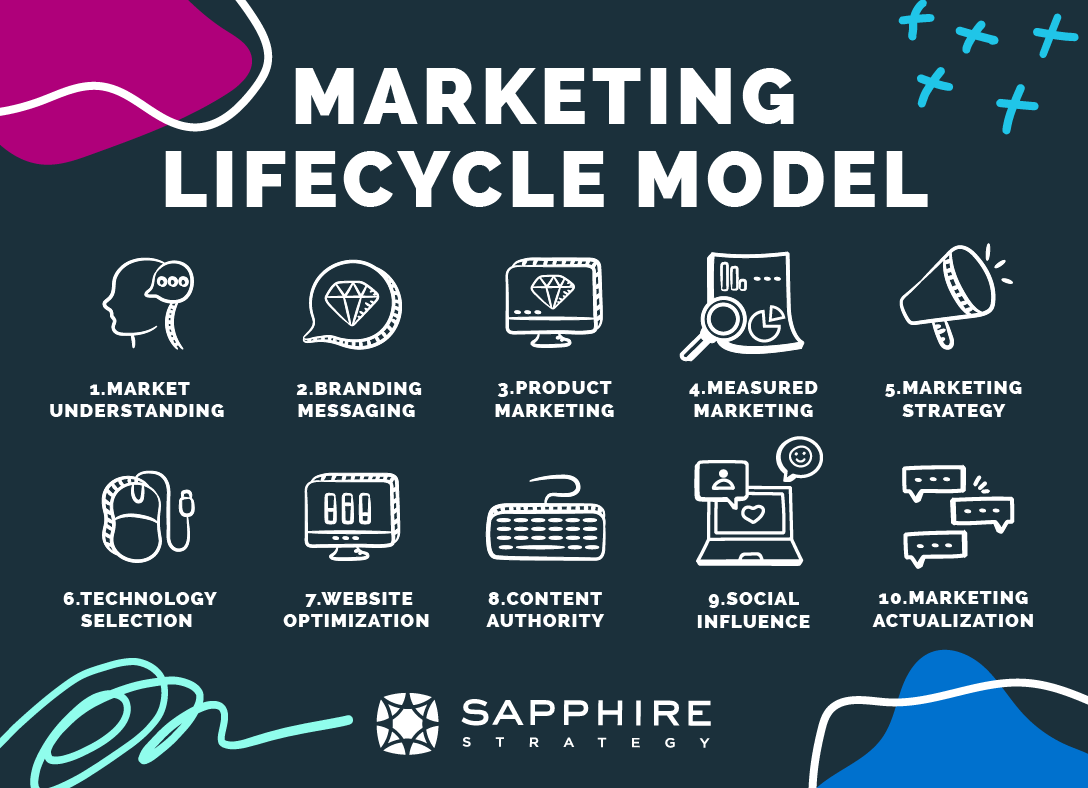Marketing Strategy
Turn Marketing Performance into Business Success
Marketing is constantly changing. That’s why you need a comprehensive marketing strategy that supports and complements the unique facets of your organization. We’ll help you elevate your online presence and traditional marketing so you can attract, educate, nurture, and sell to your ideal customers.
“You can’t just say, ‘I’m going to create, and people will come’—that’s just not the world we live in anymore. Marketing is a multi-faceted beast that is tamed through strategic, comprehensive effort.”
– Jenn Lisak Golding
Our proprietary Marketing Lifecycle Model guides businesses through a better understanding of marketing and helps identify opportunities and implement custom strategies to drive more conversions.
Our marketing strategies have helped businesses drive bottom-line results and nonprofits raise additional funds to support their causes. Our strategies are comprehensive and tailored for your organization, which include:
- Industry and competitive analysis
- Data-driven evaluation of past performance
- Persona exploration and people-focused strategies
- Experience-backed recommendations aligned with business objectives
- Comprehensive breakdown of tactics, promotion channels, and priorities

